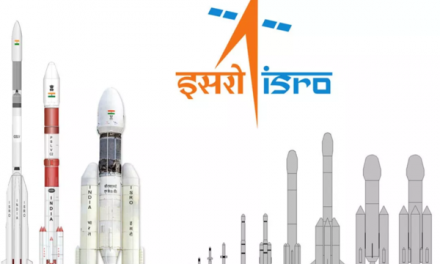Study Abroad loan: It is becoming increasingly difficult to afford higher education for people as education is becoming expensive. In order to afford quality education, more and more people are turning to education loans. A student only usually starts paying it off once they have secured a job that can fund the repayment of the loan. For many students, an education loan is the next big step to laying the foundation for their careers. Often students take an education loan to go abroad and study, which gives them a wider horizon in the long run.
Banks are not the only option for aspiring students. Besides, several Non-Banking Finance Companies (NBFCs) also offer easy financing options for students. These options have confused people about whether to take an education loan from a nationalized bank, which takes up to a month to grant a loan, or opt for a speedy road to finance education with NBFCs?
These loans can be funded by jobs that they get after completing the course. But educational loans can be a big burden if it is not managed well.
Study Abroad loan: Here are few tips to help you manage your further studies and your loan and help you pay it off with ease.
Processing time
The processing time is the time span required for the sanctioning of the loan amount from the bank. Government and private banks take up to 1-1.5 months for the processing of loan amount whereas NBFCs and international lenders take up to the processing time of 10-15 days.
Borrowing limits
If a student is planning for a bachelor’s degree, the cost project will go around 1 Cr whereas, for a master’s degree, the cost will go up to 40 lakhs. Students must look for a suitable financial lender as per their cost project.
The borrowing limit for State Bank of India and Bank of Baroda for secured education loans is 1.5 Cr and 80 lakhs respectively whereas for an unsecured education loan, government bank sanctions up to 7.5 lakhs. Private banks like Axis Bank avails secured loans up to 75 lakhs while unsecured loans up to 40 lakhs. ICICI Bank offers up to 1 Cr for a secured loan and up to 40 lakhs for an unsecured loan.
Choosing your bank:
A number of banks offer educational loans for different courses in India and abroad. They offer unsecured loans for small amounts. Security is required for loans that are required to fund expensive courses. Choose a bank that will provide you with the best moratorium period, interest rate, and terms to pay back the loan. Also, make sure you have the option of repaying the loan early. Choose the bank that offers you the best loan terms rather than the most finance. Also, check if you are allowed to pay EMIs in advance or make part payments towards the loan. Know about all the service charges that are applicable on your loan. Prepayments and part payments might carry a penalty.
Pay Automatically
Some student-loan lenders offer a discount on the interest rate if you agree to set up your payments to be automatically withdrawn from your checking account each month. Participants in the Federal Direct Loan Program get this sort of break (only 0.25%, but hey, it adds up), for example, and private lenders may offer discounts as well.
Choosing your institution – Research about the institution is of utmost importance when applying for a course. Some universities may have a good name, but may not have a good placement strategy. When applying for courses abroad especially, the right institution would make a big difference. Recent headlines have been about students being deported and students who were denied access to fly to America. The topmost reason for this was because the university they selected was under investigation or blacklisted. Choosing a university that has been blacklisted will most definitely mean you have wasted your time and a lot of money. These universities are under scrutiny because they accept students without academic credentials to make money from the high fees they charge. There are also other factors that come into play, some of which have not been explained, but the right institution might help you avoid unnecessary problems.
Earning sources after graduation: For students who have taken a loan without any financial help from their parents, and are enrolled in courses where job opportunities come a little late, students should think beforehand of other alternatives of repaying the loan.
Total cost over EMI:
Some people opt to take the loan for a longer duration because the EMI will be lesser. But in this situation, the cost of the loan and the interest paid will be much higher. For example, Rs. 10 lakhs taken for 5 years at 9% interest p.a. will result in an EMI of Rs. 20,758 and the total cost of the loan will be Rs. 12, 45,501. The same loan taken for 10 years will have an EMI of Rs. 12,668, but the total cost of the loan will be Rs. 15, 20,109. You will pay Rs. 2, 74,608 more for the extended tenure. So, if you have good prospects of a well-paying job after the course, you can opt for a shorter loan tenure. Though your EMI is higher, your loan will be cheaper and you will also finish it faster.











